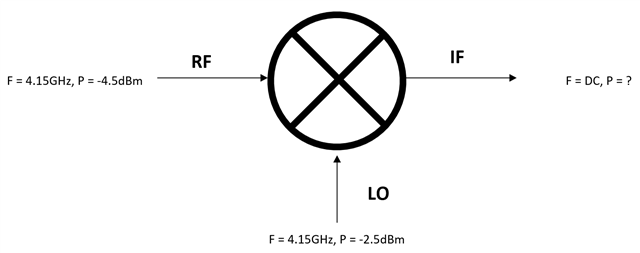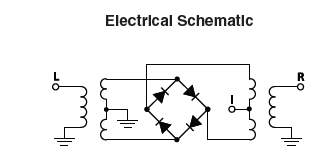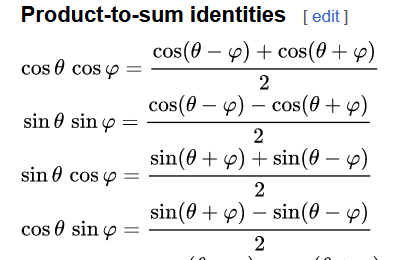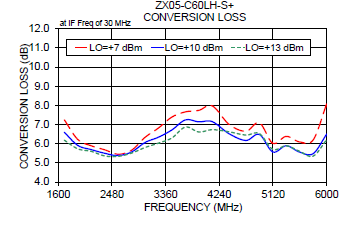Hi
I am using an RF Mixer as a frequency down converter from 4.15GHz sine wave. I am trying to calculate the output Power from the IF port in dBm.
The frequency and power going into the LO and RF ports are as follows:
LO = 4.15GHz, -2.5dBm
RF = 4.15GHz, -4.5dBm
Line impedance is 50ohm

Since the RF and LO frequency are the approximately the same, I realise that the output frequency on IF will be near DC
According to the datasheet of the mixer that I will be using (see link below), the conversion loss between RF and IF is 7.15 dB, does this figure get deducted from the RF input power?
https://www.minicircuits.com/pdfs/ZX05-C60LH-S+.pdf
I do not understand what is happening from a power perspective in an RF mixer, can anyone suggest ways to calculate the Power output in dBm on IF?
Thank you


